
Contractors were allowed in Potrero Canyon, off Frontera Street today, January 28, so they could examine it before submitting landscaping bids.
After Circling the News posted a story that the decades-long construction project in Potrero Canyon will be named George Wolfberg Park at Potrero, a reader wrote:
“If they’ll just finish the park in Potrero they can name it whatever they want. We moved across from the Rec Center in 1989 when they were first excavating the storm drains down the canyon and they STILL aren’t done!”
In addition to honoring Wolfberg, a longtime community activist in Pacific Palisades, at its January 21st meeting, the L.A. Recreation and Park Commissioners approved a bidding process for the park’s landscaping to go out in February.
The grading phase on the 46-acre passive park, located between Frontera at the Palisades Recreation Center and Pacific Coast Highway, was finished in August.
The landscape design is estimated at $500,000, construction (purchasing and planting) is estimated at $9 million and there’s a $1.5 million contingency reserve. (CTN emailed L.A. Rec and Parks General Manager Michael Shull to learn more about the $1.5 million contingency. When he responds, we’ll update this story.)
Here’s how the $9.5 million landscaping money will be spent.
- Clearing and grubbing.
- Reconstruction of the Palisades Recreation Center parking lot, including paving, striping of parking stalls, installation of Americans with Disabilities Act (ADA) compliant signage and paths, and planting of trees and shrubs in the center parking lot island.
- Minor grading – cut and fill from existing stockpiles, including buttressing of steep slopes at the mouth of the canyon nearest to Pacific Coast Highway.
- Installation of irrigation systems throughout the canyon.
- Installation of landscaping, including plants, decorative boulders and informational signs.
- Construction of a new prefabricated restroom at the top of the canyon including construction of concrete foundation pad, installation of restroom building, connection to utilities, and planting along the exterior walls.
- Construction of perimeter fencing around the entire canyon (BOARD REPORT PG. 3 NO. 21-016).
- Construction of fencing around riparian zones and paths.
- Construction of soil cement access road.
- Construction of scenic overlooks, including benches, trash cans, and decomposed granite paths to the overlooks.
- Construction of a pump station to recycle stormwater runoff into the riparian system.
- Construction of approximately 700 linear feet of a 6” PVC force main to supply water for the riparian zone.
- Construction of approximately 700 linear feet of 12” to 24” diameter storm drainpipes.
- Construction of a decomposed granite path connecting the entrance at Friends Street to park trails.
- Erosion control/Stormwater Pollution Prevention Plan implementation.
All this construction will take an estimated 10 months, and 530 trees will be planted in the park.
Where will this money come from?

The walls of Potrero Canyon started sloughing early in the development of homes along the rim. This photo was taken in 1952.
Residential property along the rim of Potrero Canyon began sliding into the canyon in the 1960s. From 1964 to 1975, the City purchased properties along the rim, with the eventual goal of stabilizing the canyon.
The City, because of litigation, was then required to purchase an additional 22 properties along the canyon rim (a fortuitous long-term real estate investment, given the subsequent surge in property values in Pacific Palisades).
In 1986, RAP authorized a comprehensive study by Kovacs Byer, Inc. (later J. Byer Group) to evaluate proposed plans to fill the canyon in order to stabilize it and to create a park.
The fill project began in 1988. The first phase, completed in 1990, consisted of cleaning out the trees and brush in the 80-ft. high canyon and installing a storm drain.
The second phase consisted of large-scale import and compaction of fill in the canyon. It also included removing landslide debris and installing numerous sub-drains.
In 2004, grading stopped due to a lack of funding, leaving the canyon grading approximately 35 percent incomplete. Through Councilman Bill Rosendahl’s field deputy Norm Kulla, an arrangement was put in place with the City and Coastal Commission that the money from the sale of lots would be put in a protected fund specifically for the development and completion of the park.
Resident Rob Weber, who served on the Potrero Canyon Community Advisory Committee (chaired by George Wolfberg) said that the sales netted just under $40 million ($39,979,799). Interest on the account, since 2011, has added $803,947.
What was spent?

Potrero Canyon seen from above.
Photo: Billy Marrone Visit: dji
So far about $20,694,359 has been spent on the grading, plus an additional $7,233,442.
That leaves $13,001,041 available to complete the project. The landscaping phase is estimated at $11 million (including the contingency).
The City must fulfill an obligation to the Coastal Commission, which required a five-year maintenance assurance at a projected cost of $2.5 million.
This could mean an eventual shortfall of $500,000. One way to “cut a corner” would be to leave the high mound of dirt where it is, just north of the canyon’s mouth, instead of hauling it away at an estimated cost of $400,000.
Where did the pile of dirt come from?
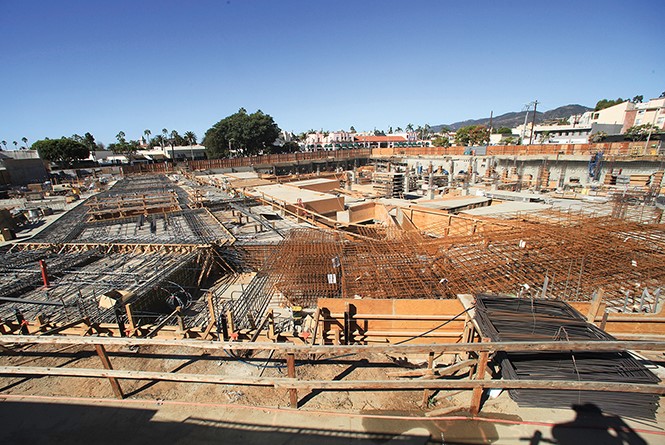 When Palisades Village was under construction, Caruso received permission to dump the dirt in Potrero Canyon in early 2017. This was called a donation. At the time it was reported that the City would save $3 million by using 122,000 cubic yards of Swarthmore dirt.
When Palisades Village was under construction, Caruso received permission to dump the dirt in Potrero Canyon in early 2017. This was called a donation. At the time it was reported that the City would save $3 million by using 122,000 cubic yards of Swarthmore dirt.
Earlier, at an October 2016 L.A. City Council Planning and Land Use Committee hearing, a resident asked that the committee not rely on an outdated report. They still used this report, and the resident’s request for independent oversight was denied.
In October 2019, the Bureau of Engineering asked the Recreation and Park Commissioners to approve an almost $4 million change order. One of the reasons given for the cost overrun, besides the heavy rains the previous years, was that the fill dirt from Caruso was undocumented.
During the public comment session at that October’s hearing, David Card (an original member of the Potrero Canyon Community Advisory Committee) said, “They bid $13.5 million and fifteen months later, they [BOE and the contractor] are finding out there’s water and undocumented fill?”
Longtime resident Jack Allen wrote a comment about CTN’s October 4, 2019 story (“Potrero Canyon Funds Continue to Be Sucked Away, Caruso’s Soil Proclaimed Not Granular Enough”), stating that “When it was first proposed that the excavation materials from Carusoville be used in Potrero Canyon, I questioned the proposal.
“Most of the soils in the area east of Sunset and north of Carey contain adobe and other clay-like materials which make them unsuitable for use in the Potrero landfill because water tends to flow over rather than percolate through clay like soils,” Allen said. “That is what causes landslides.
“That the materials being removed from Carusoville were clay-like was confirmed when I observed the materials being put in the dump trucks.
“Moreover, it isn’t surprising that Caruso’s soil engineers reported erroneously the soils were suitable for use in Potrero Canyon…. Because the problems with the soils deposited by Caruso in Potrero Canyon have to be remedied, Caruso should have to pay the cost of remedying those problems. If his soil engineers goofed, then Caruso should require them to compensate him for the costs of the remediation,” Allen said.
The dirt was removed and now sits near the base of the Canyon.
Is there money for a pedestrian bridge. Why is it needed?

People unwisely attempt to cross Pacific Coast Highway at Potrero. A pedestrian bridge is needed.
At this time, there’s no money left in the budget for a pedestrian bridge over PCH. People have died darting across six lanes of traffic to cross at that location on Pacific Coast Highway.
A pedestrian bridge, which would connect the park with Will Rogers Beach parking lot, has long been sought for safety reasons and to expand recreational opportunities.
Recreation and Park Commissioners have been told that people will walk a half-mile to Temescal, after hiking down Potrero, in order to cross at the light. But will they want to make the long, uphill return hike to the Recreation Center?
The current estimated cost for a bridge is $11 million, based on a feasibility study completed in 2016. Construction would take about 12 months, once funding and approvals were in place.
Rec and Park Commissioners have been working with Assemblyman Richard Bloom, who is on the Assembly’s Caltrans Budget Committee.
A bridge over PCH would allow people to park at Will Rogers, where there are far more parking spaces than at the Recreation Center and hike up into Potrero. Will Rogers also has restroom facilities.





 When Palisades Village was under construction, Caruso received permission to dump the dirt in Potrero Canyon in early 2017. This was called a donation. At the time it was reported that the City would save $3 million by using 122,000 cubic yards of Swarthmore dirt.
When Palisades Village was under construction, Caruso received permission to dump the dirt in Potrero Canyon in early 2017. This was called a donation. At the time it was reported that the City would save $3 million by using 122,000 cubic yards of Swarthmore dirt.

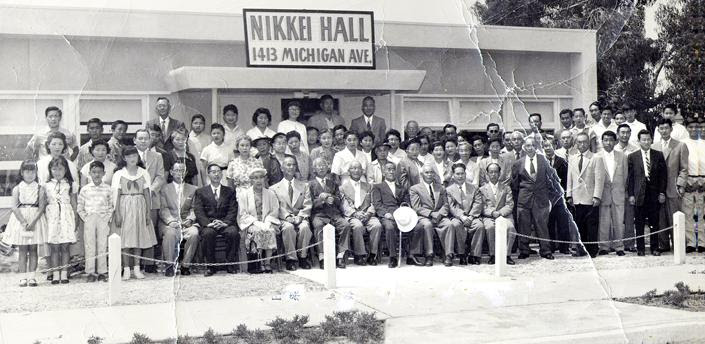 A virtual series in preservation of our historic cultures, the Santa Monica Mosaic, will offer an important and historic look into a sad part of our country’s history with “Nisei Memories” at 5 p.m. on Wednesday, February 10. The fully illustrated lecture and following Q&A session will take place via Zoom. The program is $10 for the public and free for members.
A virtual series in preservation of our historic cultures, the Santa Monica Mosaic, will offer an important and historic look into a sad part of our country’s history with “Nisei Memories” at 5 p.m. on Wednesday, February 10. The fully illustrated lecture and following Q&A session will take place via Zoom. The program is $10 for the public and free for members.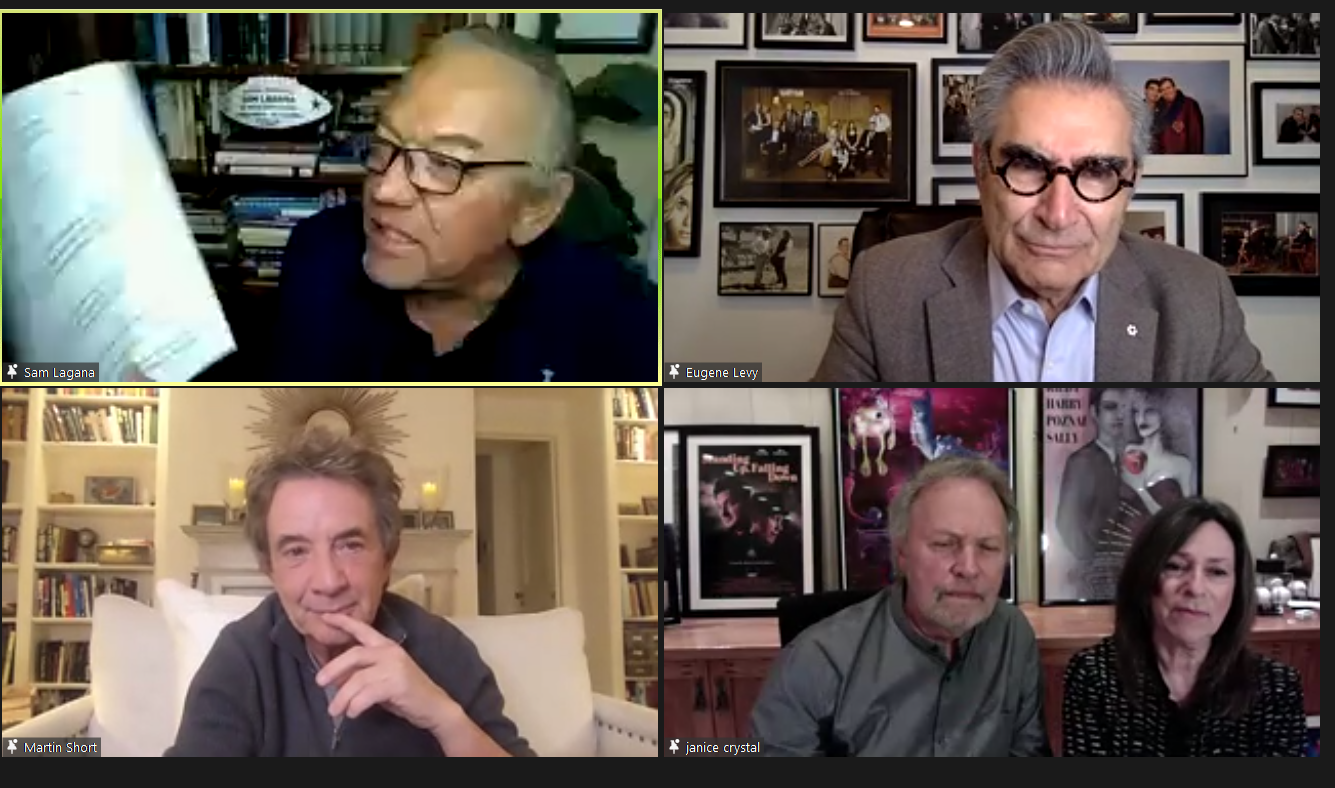
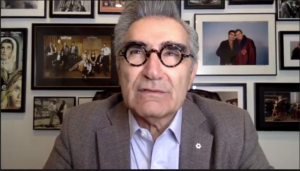 Levy, one of the stars of the popular TV series “Schitt’s Creek,” said, “Being an honorary mayor is one of the biggest honorary honors that I’ve had in my young life. Looking at the list of past honorary mayors, I know I have big shoes to fill—not from Marty, he can’t be more than a size 7.”
Levy, one of the stars of the popular TV series “Schitt’s Creek,” said, “Being an honorary mayor is one of the biggest honorary honors that I’ve had in my young life. Looking at the list of past honorary mayors, I know I have big shoes to fill—not from Marty, he can’t be more than a size 7.”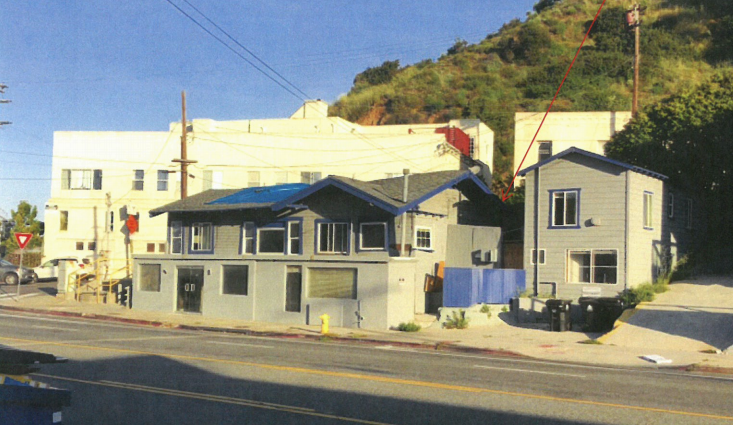
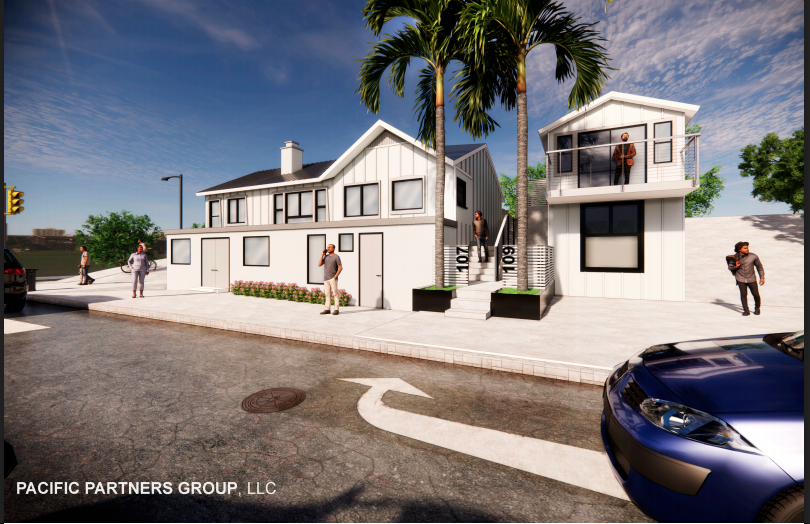
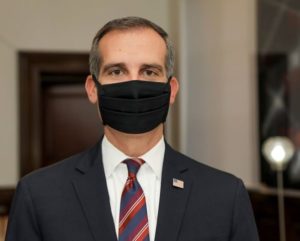
 CRIME: The following crimes were reported in Pacific Palisades through January. The PP Senior Lead Officer generally sends a weekly report and Officer James Allen, who has replaced the retired Michael Moore, filed the following report. These are the reported crimes and residents are reminded to file police reports.
CRIME: The following crimes were reported in Pacific Palisades through January. The PP Senior Lead Officer generally sends a weekly report and Officer James Allen, who has replaced the retired Michael Moore, filed the following report. These are the reported crimes and residents are reminded to file police reports.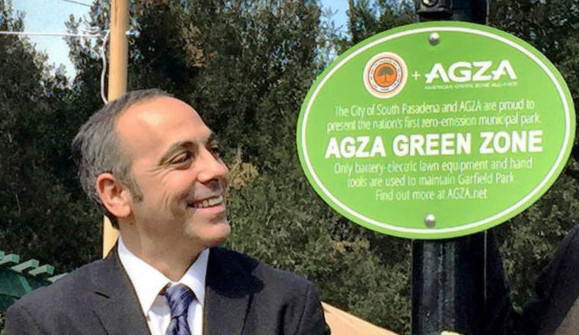
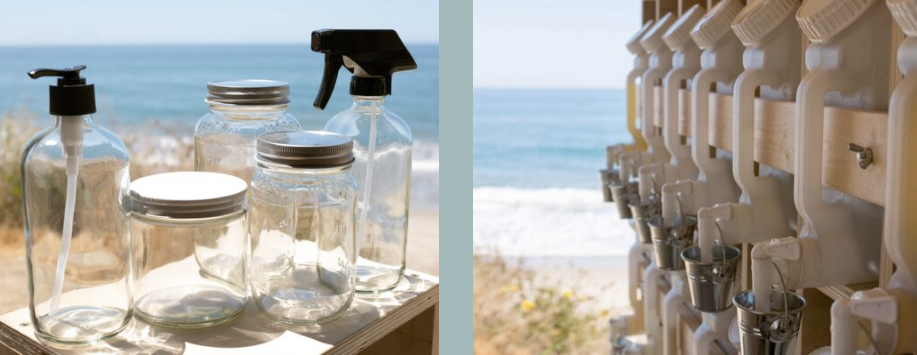 Every time I buy body lotion, the old plastic bottle gets thrown away in my blue recycling bin. But is it actually recycled? No one can say with certainty, so the latest project from Resilient Palisades piqued my interest: a Refillery Truck.
Every time I buy body lotion, the old plastic bottle gets thrown away in my blue recycling bin. But is it actually recycled? No one can say with certainty, so the latest project from Resilient Palisades piqued my interest: a Refillery Truck.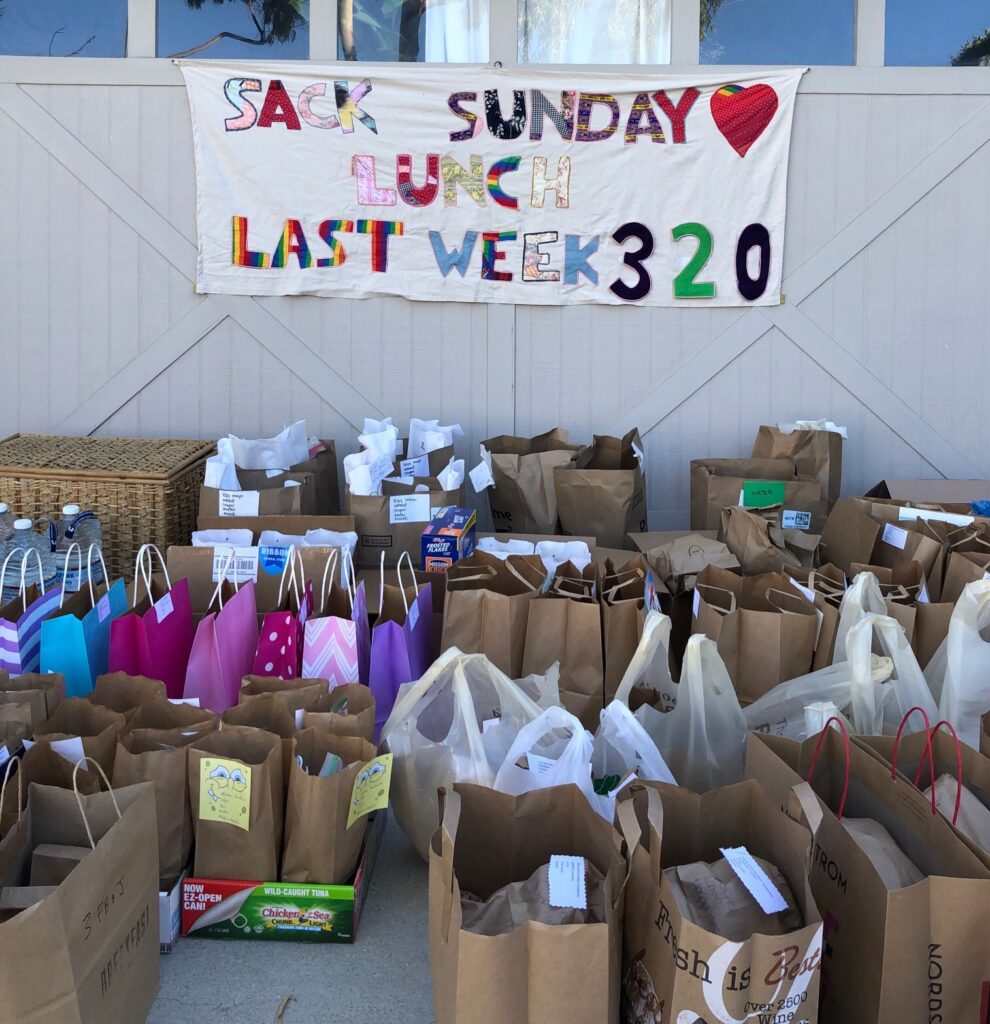
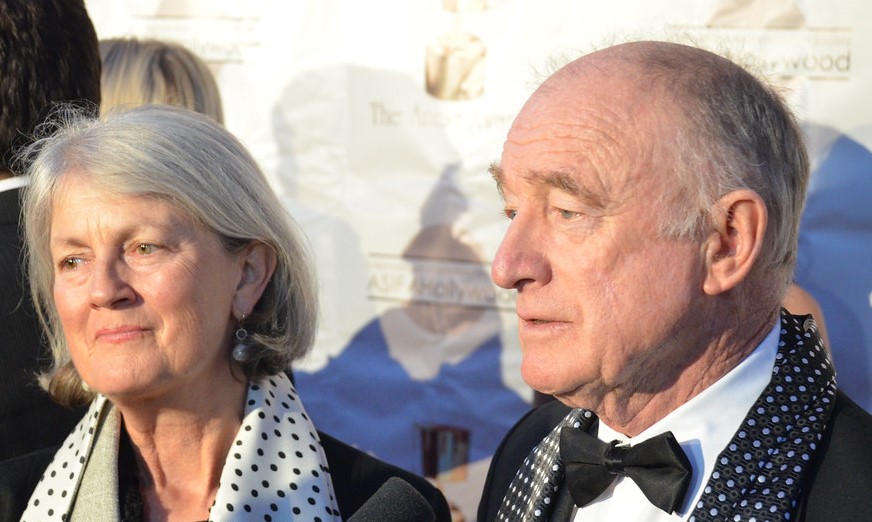
 1. Everyone donates boxed Kraft Mac & Cheese, but it needs milk and butter, which is hard to get from food banks.
1. Everyone donates boxed Kraft Mac & Cheese, but it needs milk and butter, which is hard to get from food banks.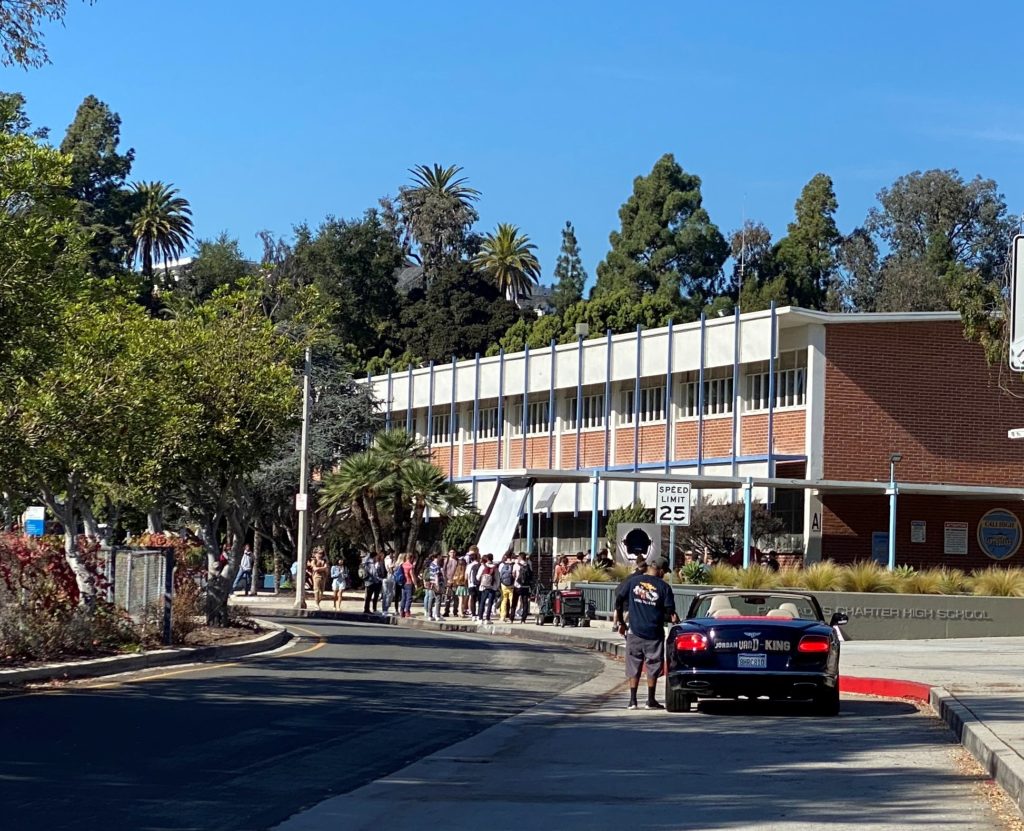
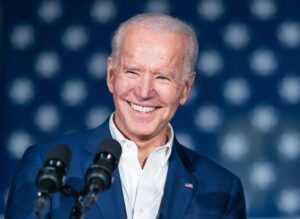 Novie should be gaining hope because in a January 21 executive order, President Joe Biden stated: “It is the policy of my Administration to provide support to help create the conditions for safe, in-person learning as quickly as possible; ensure high-quality instruction and the delivery of essential services often received by students and young children at school, institutions of higher education, child care providers, and Head Start programs; mitigate learning loss caused by the pandemic; and address educational disparities and inequities that the pandemic has created and exacerbated.”
Novie should be gaining hope because in a January 21 executive order, President Joe Biden stated: “It is the policy of my Administration to provide support to help create the conditions for safe, in-person learning as quickly as possible; ensure high-quality instruction and the delivery of essential services often received by students and young children at school, institutions of higher education, child care providers, and Head Start programs; mitigate learning loss caused by the pandemic; and address educational disparities and inequities that the pandemic has created and exacerbated.”